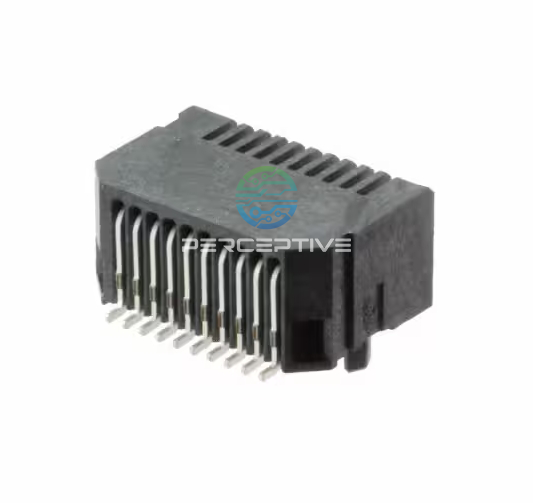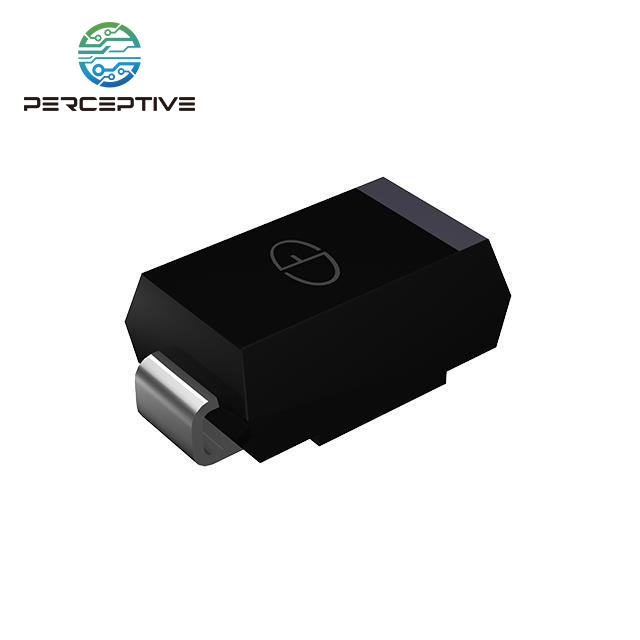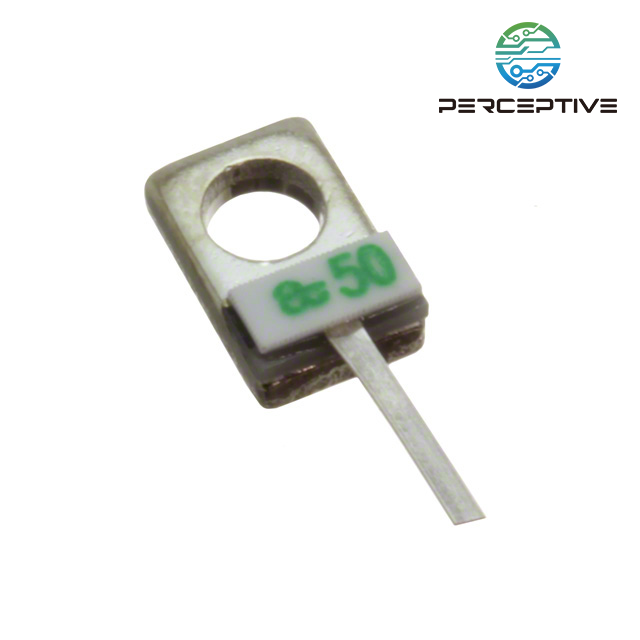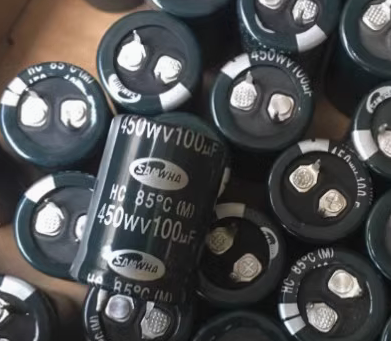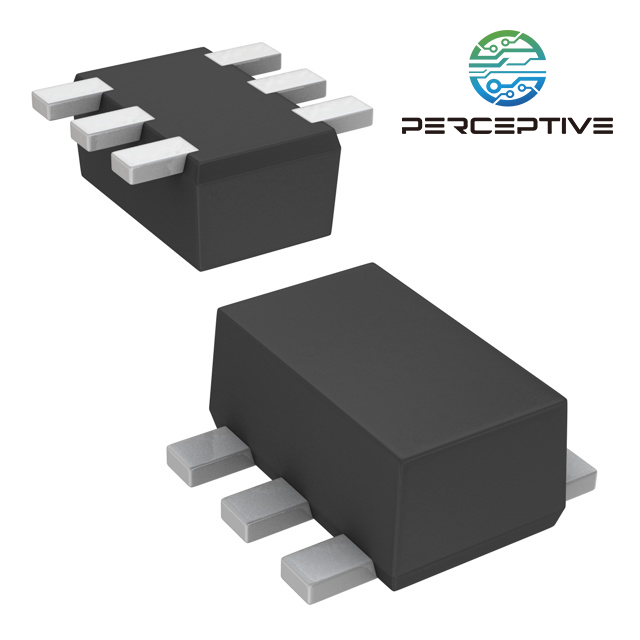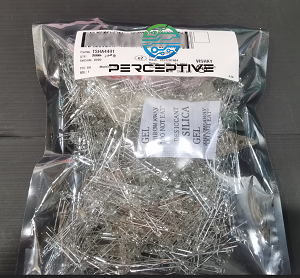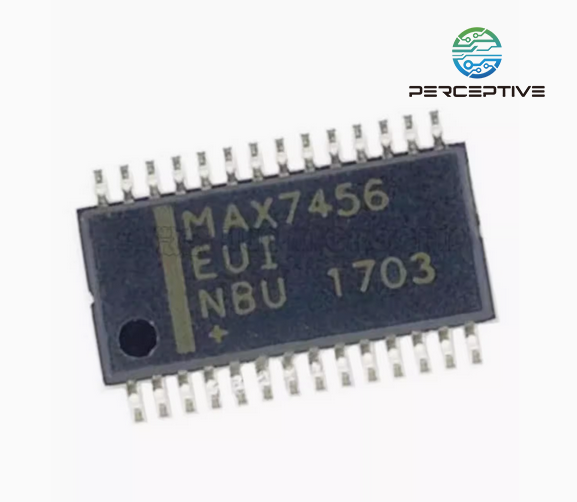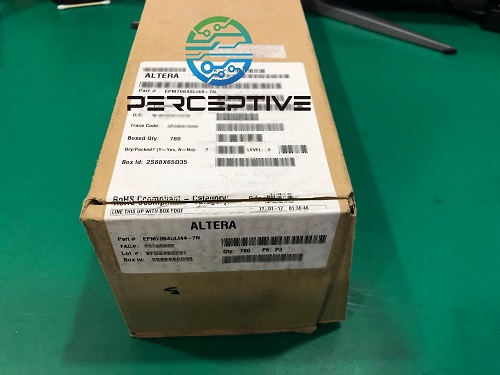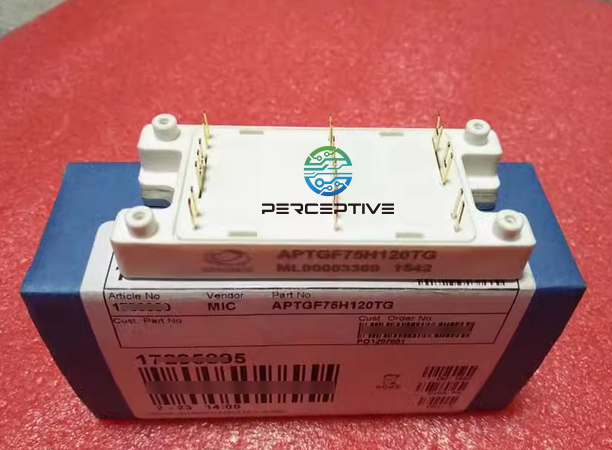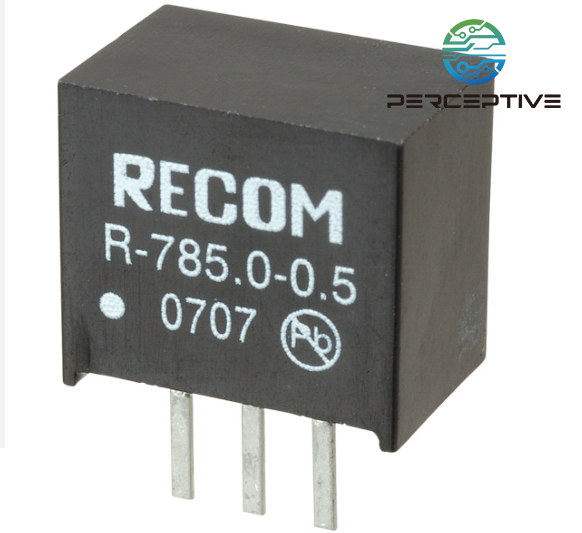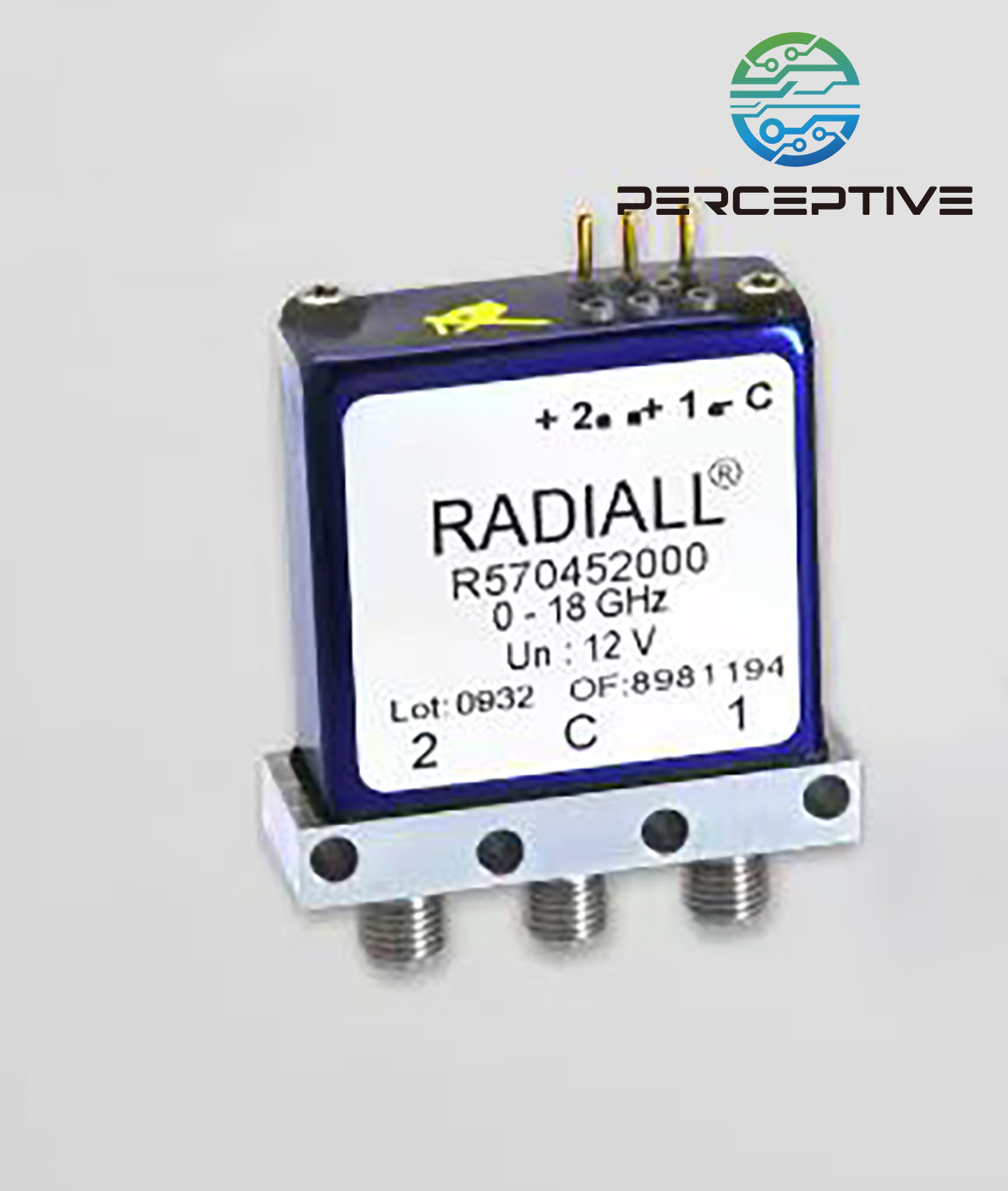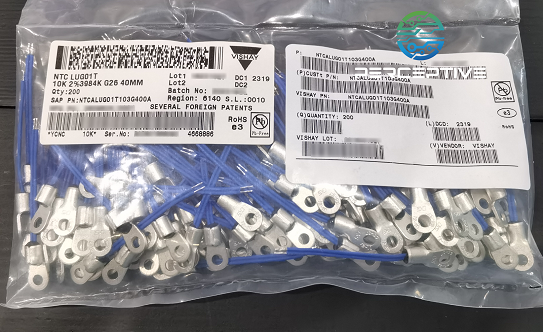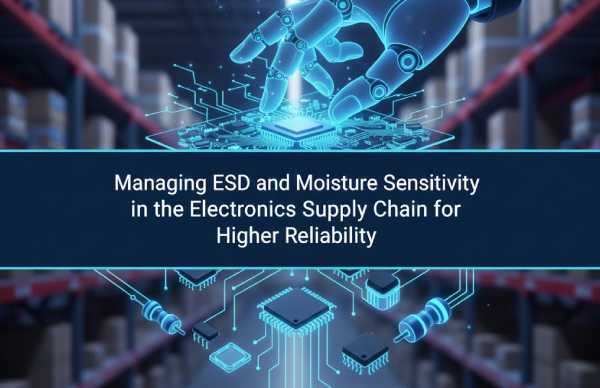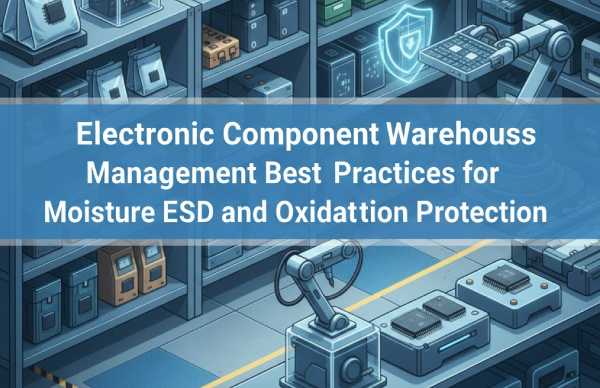Counterfeit or substandard electronic components are more than just an inventory headache — they are a reliability and safety risk that can cost manufacturers and distributors millions in warranty claims, rework, and reputation damage. According to recent industry monitoring, the global volume of suspect components continues to rise, with many cases involving high-demand electronic components and passive parts. This makes it essential for companies to establish structured, risk-based procedures to confirm that incoming parts are genuine and meet quality standards.
Prioritize the Supply Chain
The most effective safeguard is prevention. Whenever possible, source components directly from original manufacturers, authorized distributors, or suppliers that can provide full traceability. Documentation such as Certificates of Conformance (COA), purchase orders, and packing lists should always be required and verified. Aerospace and defense standards like SAE AS5553 and AS6081 highlight supplier controls and traceability requirements that have since become best practices for the broader electronics industry. Working only with trusted suppliers reduces the probability of counterfeit exposure before parts even arrive at your facility.
Documentation and Visual Inspection
When shipments arrive, the first line of defense is thorough documentation review and external inspection. Check that the part numbers, lot codes, and date codes match between the product, the COA, and the manufacturer's historical production data. Packaging should include correct moisture-barrier bags, proper labeling, and intact seals.
Visual inspection can reveal subtle but critical signs of tampering. Inconsistent fonts or logos, unusual package textures, re-surfaced or sanded areas, and mismatched pin finishes are red flags. Even under simple magnification, many counterfeit attempts can be spotted quickly by trained inspectors. Standards such as AS6171 emphasize external visual inspection and marking permanence tests as mandatory first steps.
Non-Destructive Laboratory Screening
For higher-risk purchases, visual inspection alone may not be enough. Non-destructive analytical methods allow companies to verify internal structure and material consistency without damaging the part:
X-ray inspection can identify missing or altered wire bonds, voids, or irregular die sizes.
XRF (X-ray fluorescence) checks the elemental composition of terminations and plating, ensuring compliance with RoHS and manufacturer specifications.
Scanning acoustic microscopy (C-SAM) detects internal voids, delamination, or repairs that are often signs of recycled components.
These techniques can be applied selectively based on the part's criticality and the supplier's risk profile. A documented sampling plan ensures consistent results without creating unnecessary cost.
Destructive and Electrical Testing
If uncertainty remains, or if the component is mission-critical, destructive analysis provides the highest level of confidence:
Decapsulation and die inspection under a scanning electron microscope (SEM) allow comparison of die markings and layouts against authenticated reference samples.
Parametric and functional testing confirm that the component performs to specification across required voltage, current, and temperature ranges.
Burn-in tests simulate real-world conditions to expose latent defects.
While destructive methods increase cost and consume sample units, they are often indispensable in applications where failure is unacceptable, such as automotive, aerospace, or medical devices.
Implement a Risk-Based Quality Program
Modern best practices recommend a risk-based approach rather than a one-size-fits-all process. Components should be classified by their importance to safety, performance, and supply-chain scarcity. For example, a generic resistor may warrant only visual checks, while a critical power MOSFET for an automotive ECU might require full laboratory analysis.
Maintaining comprehensive records is equally important. Photos, inspection logs, and test reports not only support supplier claims but also create traceability for internal audits and external investigations. When counterfeit parts are identified, reporting them to industry databases helps strengthen the global defense against fraudulent suppliers.
Practical Inbound Checklist
To streamline implementation, procurement and quality teams can adopt the following checklist for every incoming lot:
Confirm supplier source and verify COA authenticity.
Photograph packaging and sample parts immediately upon receipt.
Check labeling, date codes, and part numbers against datasheets.
Conduct magnified visual inspection for sanding, remarking, or inconsistent fonts.
Apply X-ray, XRF, or acoustic microscopy for medium- or high-risk parts.
Escalate suspect samples to accredited labs for decapsulation and electrical tests.
Document all findings and communicate results back to suppliers.
Conclusion
Authenticating electronic components is not a single test but a structured process that combines trusted sourcing, layered inspection, laboratory screening, and detailed documentation. By applying risk-based controls, companies can protect themselves from counterfeit threats while keeping procurement efficient.
At Perceptive Components, we integrate franchised sourcing, strict quality workflows, and partnerships with accredited laboratories to deliver components that meet both performance and reliability requirements. If your organization needs a customized inspection plan or third-party verification for critical parts, our quality team is ready to support you. Together, we can ensure that every component in your supply chain is genuine, compliant, and built for long-term success.

